メタルファイトベイブレード ディアブロネメシス
(税込) 送料込み
商品の説明
メタルファイトベイブレード ディアブロネメシス ゴールドVer未開封懸賞100個限定物になります。
コレクションからの出品となります。
未使用品ですが、神経質な方は購入をお控えください。
まとめ買い可。
ベイブレード
メタルファイトベイブレード
ベイブレードバースト
ディアブロネメシス
wbba
#カリオストロのベイブレード商品の情報
| カテゴリー | おもちゃ・ホビー・グッズ > おもちゃ > キャラクターグッズ |
|---|---|
| 商品の状態 | 新品、未使用 |

14個のベイが融合?!『ディアブロネメシスX:D』を紹介する!【L×3 Beyblade #20】

メタルファイトベイブレード ディアブロネメシス - キャラクターグッズ

2023年最新】ヤフオク! -メタルファイトベイブレード ネメシスの中古品

メタルファイトベイブレード 4D BB122 ディアブロネメシス エックス

メタルファイトベイブレード ディアブロネメシス X:D 人気激安 51.0

ブランド雑貨総合 メタルファイトベイブレード ディアブロネメシス
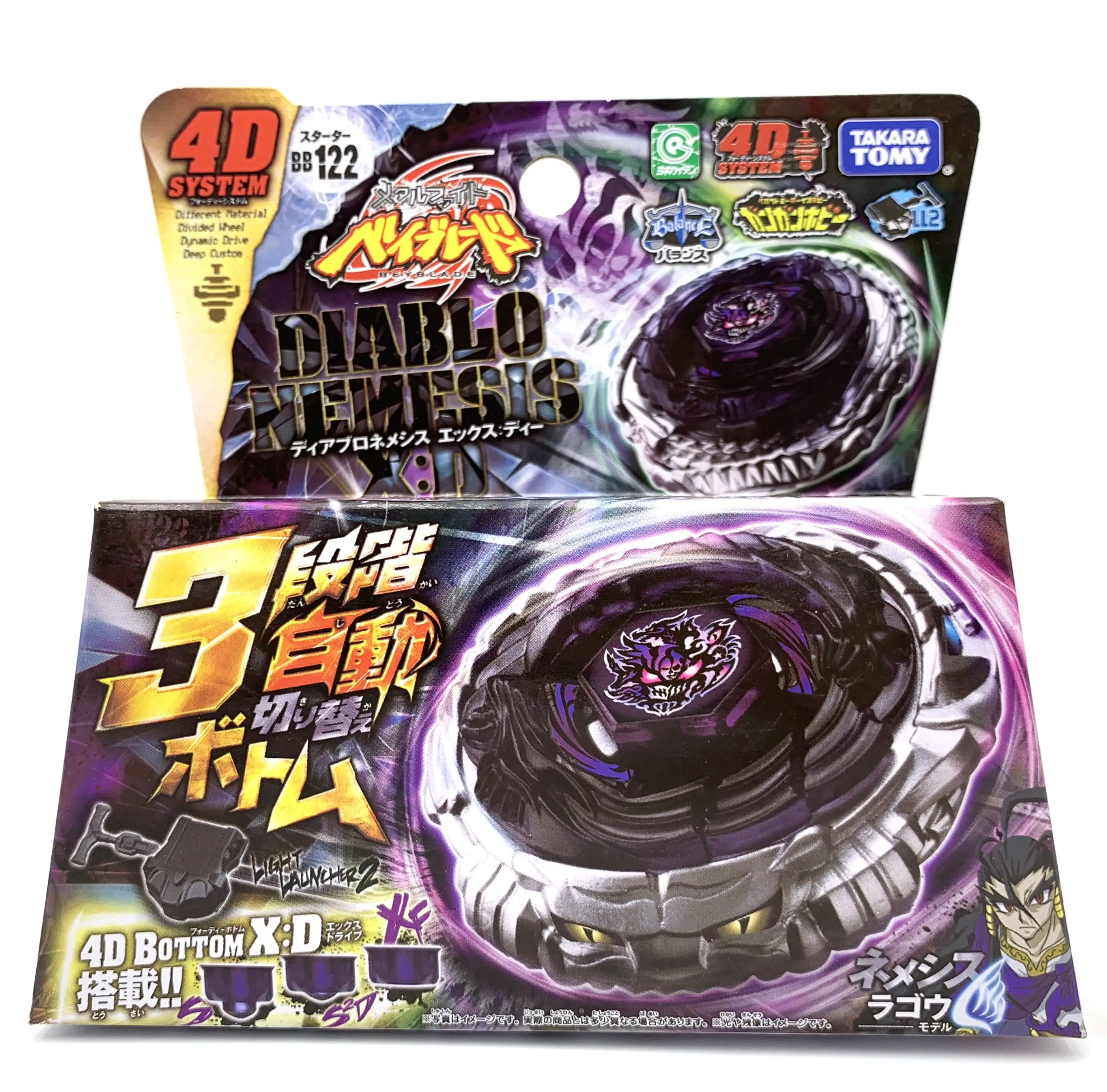
ベイブレード BB-122 ディアブロネメシス X:D - その他

【日本未発売】 メタルファイトベイブレード ディアブロネメシス

メタルファイトベイブレード ディアブロネメシス(未開封品) | フリマアプリ ラクマ

メタルファイトベイブレード4D第39話(総合第141話

メタルファイトベイブレード ディアブロネメシス ゴールドver. smcint.com

2023年最新】ディアブロネメシスの人気アイテム - メルカリ
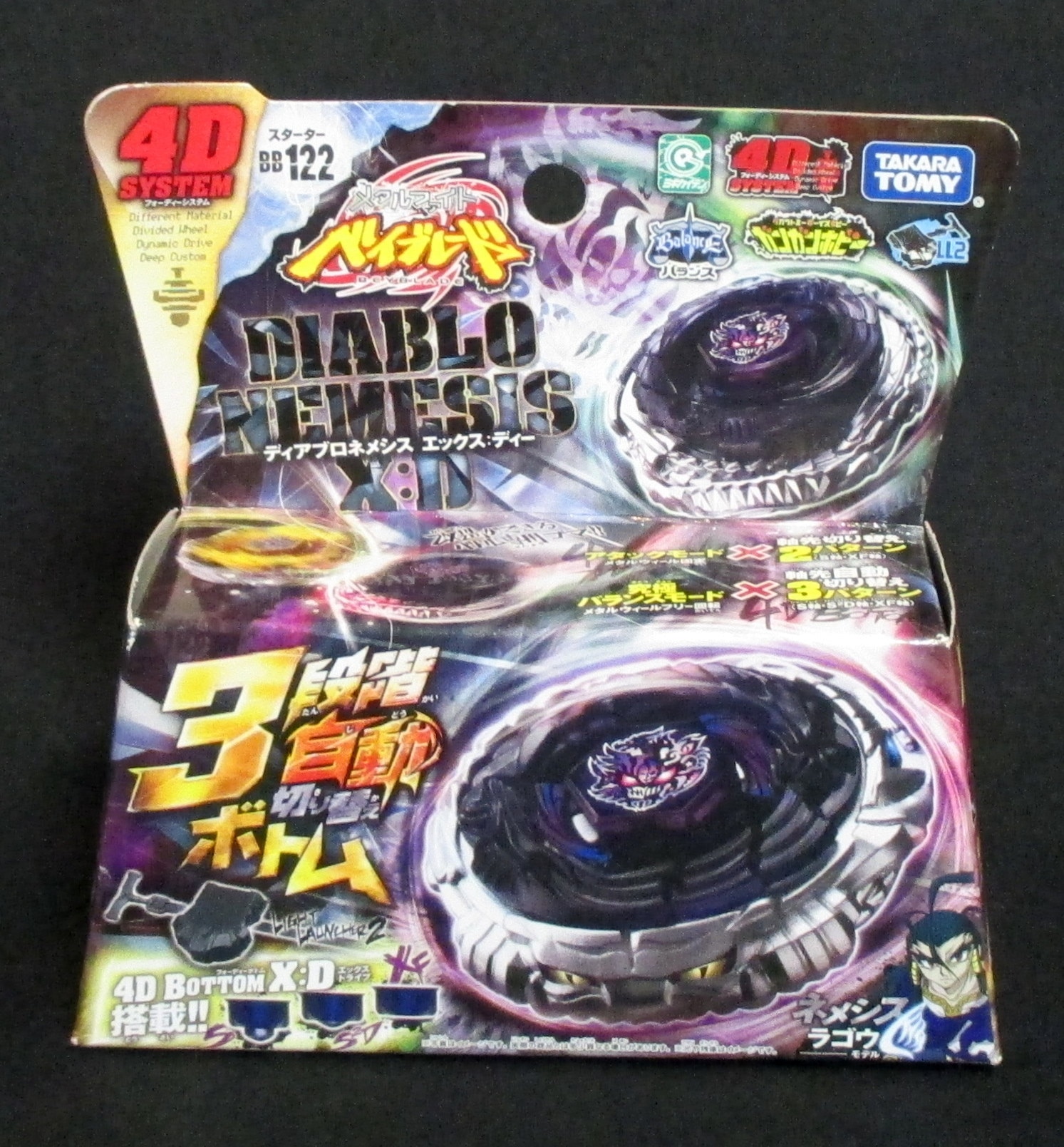
タイムセール メタルファイトベイブレード ディアブロネメシス85XF

ディアブロネメシスの値段と価格推移は?|11件の売買データから

半額SALE☆ ディアブロネメシス メタルファイトベイブレード まとめ

メタルファイトベイブレード ディアブロネメシス | www.kgm.edu.vn
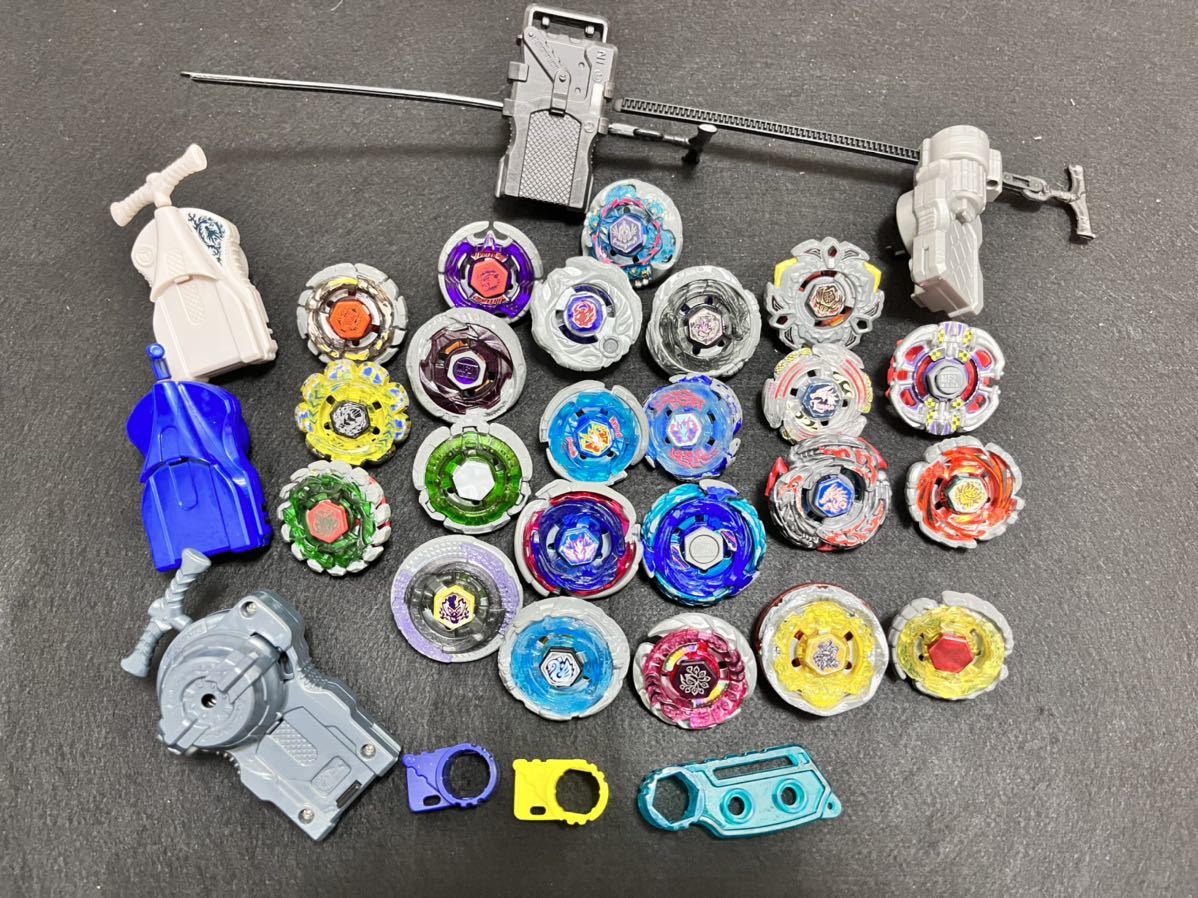
半額SALE☆ ディアブロネメシス メタルファイトベイブレード まとめ

タイムセール メタルファイトベイブレード ディアブロネメシス85XF

ディアブロネメシスX:D | kaikai Museum | MUUSEO 744947

メタルファイトベイブレード ディアブロネメシス ビートリンクス

メール便送料無料対応可】 メタルファイトベイブレード ディアブロ

メタルファイトベイブレード ディアブロネメシス WBBA 懸賞

公式の店舗 メタルファイトベイブレード ディアブロネメシス まとめ

新規購入 ディアブロネメシス まとめ売り① メタルファイト

半額SALE☆ ディアブロネメシス メタルファイトベイブレード まとめ

メタルファイトベイブレード ディアブロネメシス(未開封品)の通販 by
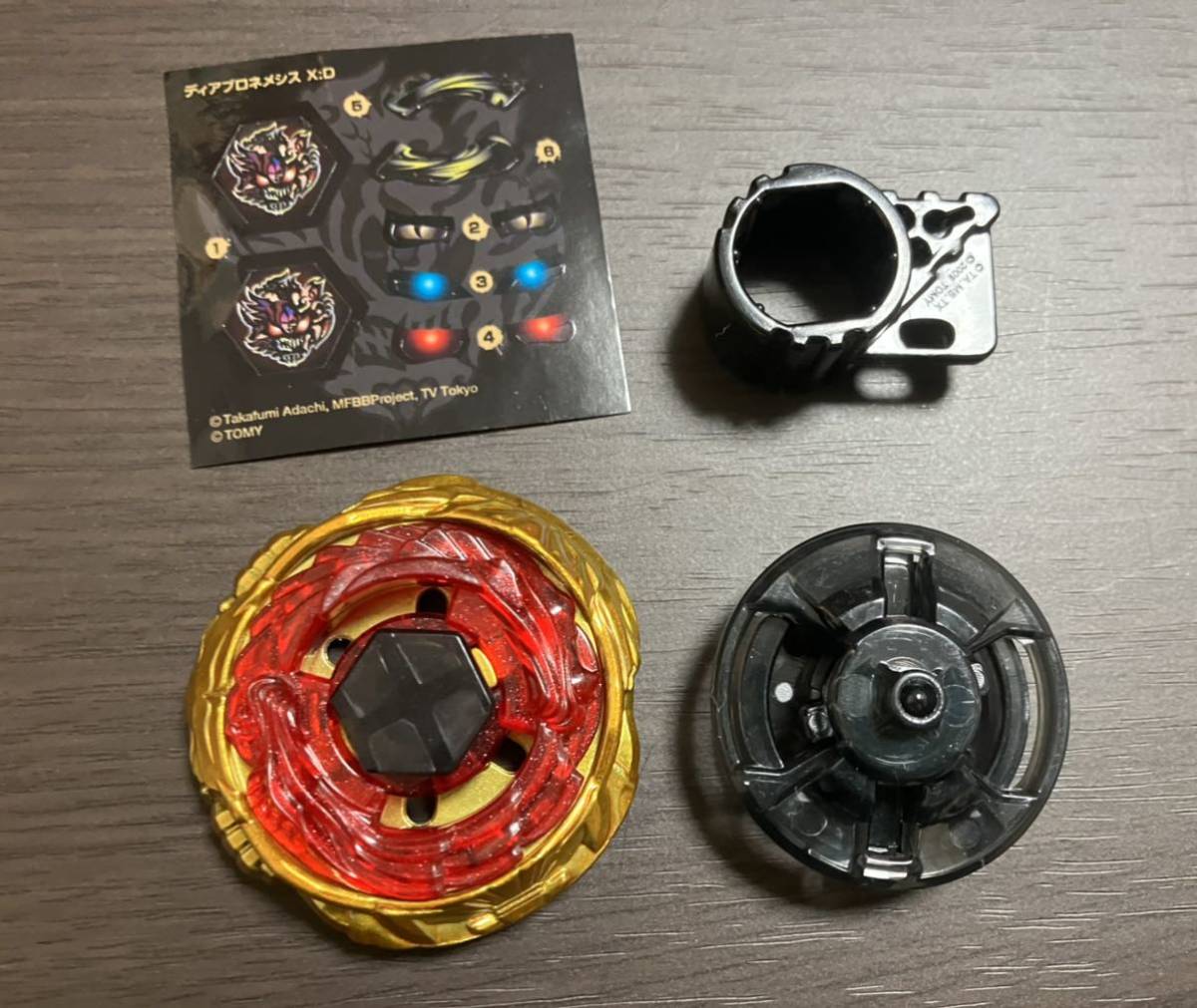
メタルファイトベイブレード ディアブロネメシス ゴールドver.-

5%OFF】 メタルファイトベイブレード ディアブロネメシス

楽天市場】メタルファイトベイブレード BB122 ディアブロネメシスX:D【中古】 : 買取王国

TAKARA TOMY メタルファイト ベイブレード ディアブロネメシス

タイムセール メタルファイトベイブレード ディアブロネメシス85XF

同梱不可】 メタルファイトベイブレード ディアブロネメシス ゴールド

メタルファイトベイブレード ディアブロネメシス | www.kgm.edu.vn

メタルファイトベイブレード ディアブロネメシス、バサルトホロギウム

日本未発売】 メタルファイトベイブレード ディアブロネメシスドラ

福袋セール】 未使用品 ディアブロネメシス メタルファイト 限定100名

ディアブロネメシスX:D メタルファイトベイブレード beyblade バランス

新製品情報も満載 メタルファイトベイブレード ディアブロネメシス

メタルファイトベイブレード ディアブロネメシス ゴールドver.-
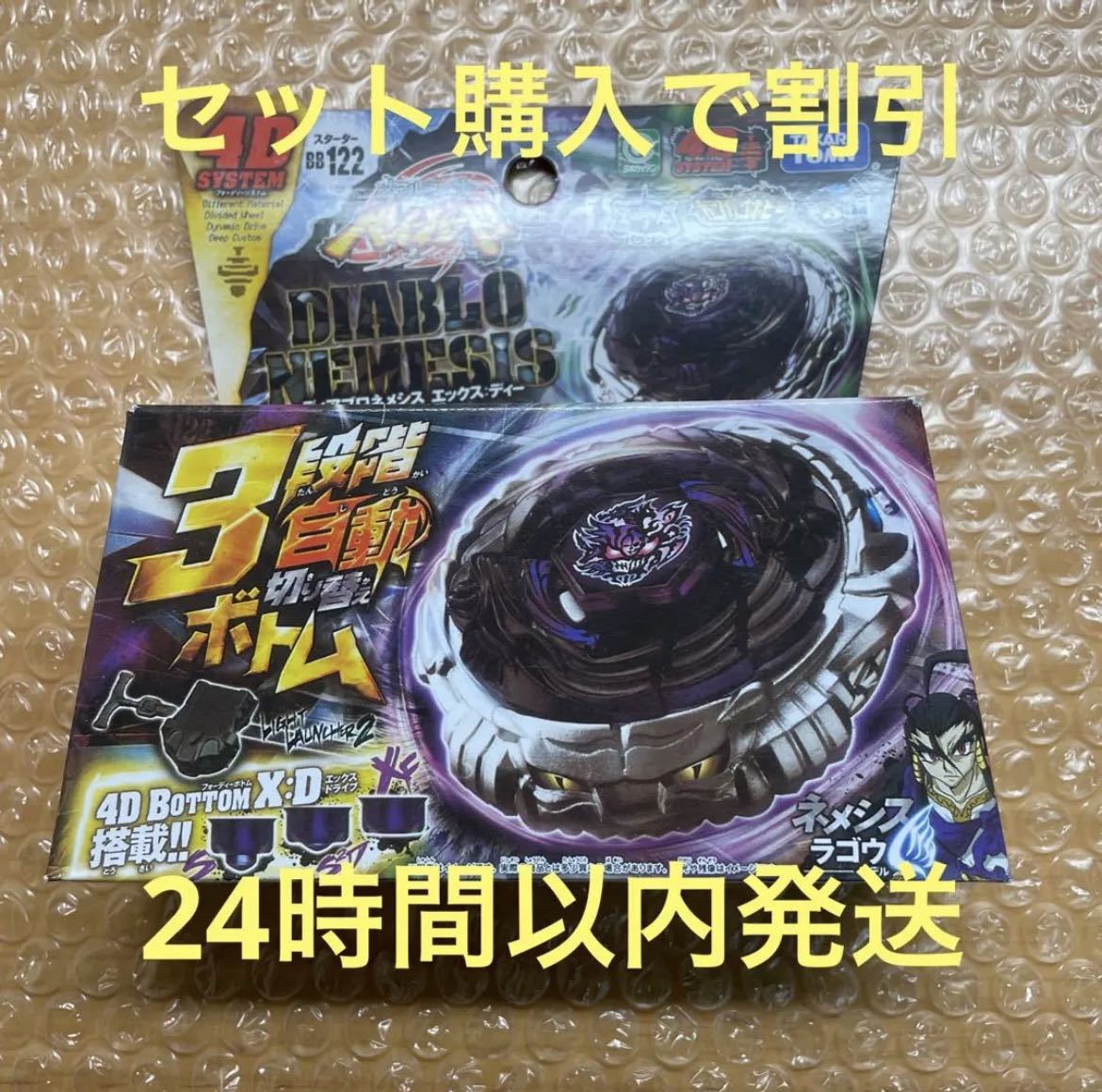
ヤフオク! -「ディアブロネメシス」(ベイブレード) (こま)の落札相場


商品の情報
メルカリ安心への取り組み
お金は事務局に支払われ、評価後に振り込まれます
出品者
スピード発送
この出品者は平均24時間以内に発送しています














